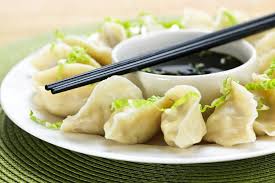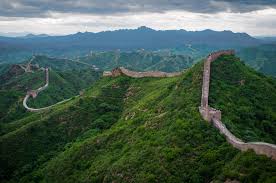Chinese Dumplings

We think about dumplings a lot over here, including the dumpling meaning and the history behind them. That’s because it’s important to know the story behind your food, especially food that’s been passed down generation to generation across many cultures. Because dumplings have been around for so long and appear in so many different cultural cuisines, the exact details surrounding their origins are cloudy. That being said, we’ve gathered some fast facts for you on what’s generally considered to be the most widely accepted version of the dumpling’s history—including their inventor and how they became such a popular and meaningful food product in both Asia and other parts of the world.

Dumplings are not just a mere delicious snack. They carry a rich significance that dates back to Ancient China, 1,800 years ago. Also known as Jiaozi, these Chinese dumplings commemorate an interesting incident of the past and have now become a part of many lives.
The first known recipes for dumplings appear in Apicius, a Roman cookery text, and they still sound delicious by modern standards. One personal favourite contains roasted pheasant, chopped fine and mixed with fat, salt and pepper and moistened with broth, then poached in seasoned water. Yum! Filled dumplings, however, were almost certainly eaten in China earlier than in Europe, with a version known as jiaozi thought to have originated some 1,800 years ago.
Sources: Supporting details




